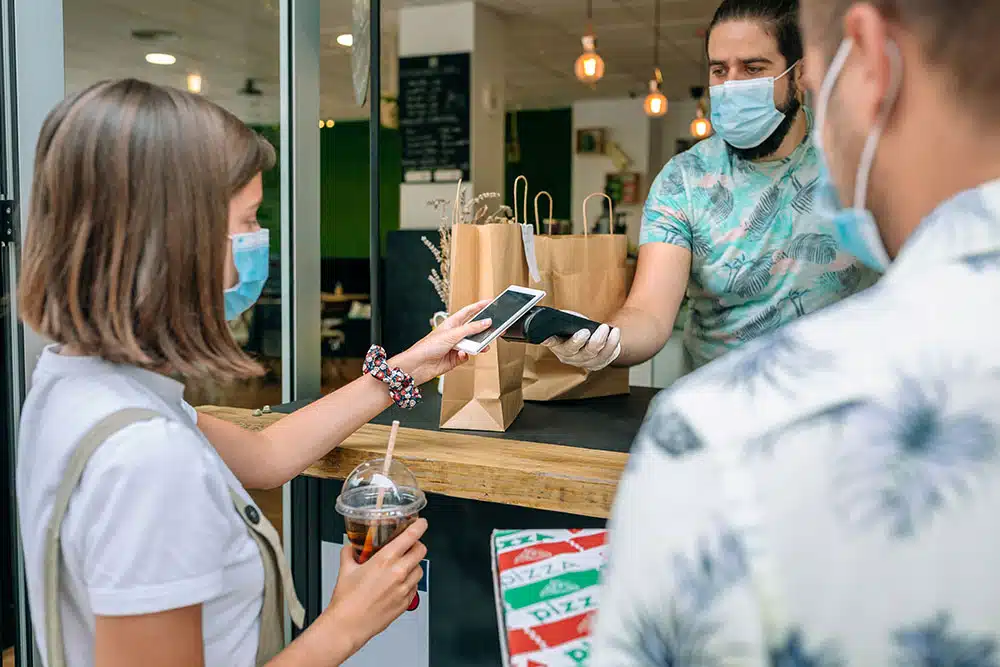Restaurants have had to pivot so fast, they’re pirouetting. What will the industry look like when they stop?
The pandemic has impacted virtually every industry imaginable, but few more so than food and beverage. The places that make our neighbourhoods and cities so special have been hit hard by social distancing and increased hygiene measures in place to reduce the spread of the virus. But while they struggle, those creative minds that make our favourite dishes are focusing on inventive solutions to keep businesses running.
What can we learn about how restaurants have adapted to the pandemic so far, so that we return to a safer but still thrilling food and beverage industry when the worst is over? Here are some trends in restaurant design and operations.
- Less is more
For a time, the restaurant industry was geared towards expansion: bigger spaces, more covers, and extravagant features like giant TV walls or multiple floors, especially in urban centres like Toronto. Now, Toronto Life is predicting the rise of the micro-restaurant for fine dining experiences. When chefs are cooking for 10 or 12 people, they can better control costs as well as the dining experience for every individual customer. Plus, with so few people, they can maintain safe distances. (That’s unfortunate news if you’re a buffet fan.)
- Dining in the great outdoors
If you can sneak a peek inside a beloved restaurant, it might be an unrecognizable sight. Restaurant interiors have undergone major design reorganizations to increase efficiency and safety for servers, customers, and deliverers picking up orders. But, when weather permits, outdoor dining will be in high demand, so what may have been a makeshift setup in 2020 will be a mainstay design in 2021. Expect restaurants to invest in moveable, weather-resistant pieces to serve diners outside – as many as possible, for as long as possible. And when indoor dining becomes more common again, flexibility with furniture, layout and design will still be top of mind for restauranteurs.
- Creature comforts meet high-level cuisine
Restaurants are listening to what customers want during a stressful time – comfort foods. (How many of your friends have started baking sourdough?) McKinsey recommends restaurants gear their menus to focus on core items and comfort foods, and price them competitively, in the short term. Then, as they learn more about how consumer preferences have changed during the pandemic, upsell with more premium items. It’s true that we’re cooking at home more than ever, but diners are still craving that singular restaurant experience. So we may see restaurants experimenting with adventurous meals and alcohol pairings that require expert-level skills and knowledge – which is exactly what we expect from restaurants in the first place.

